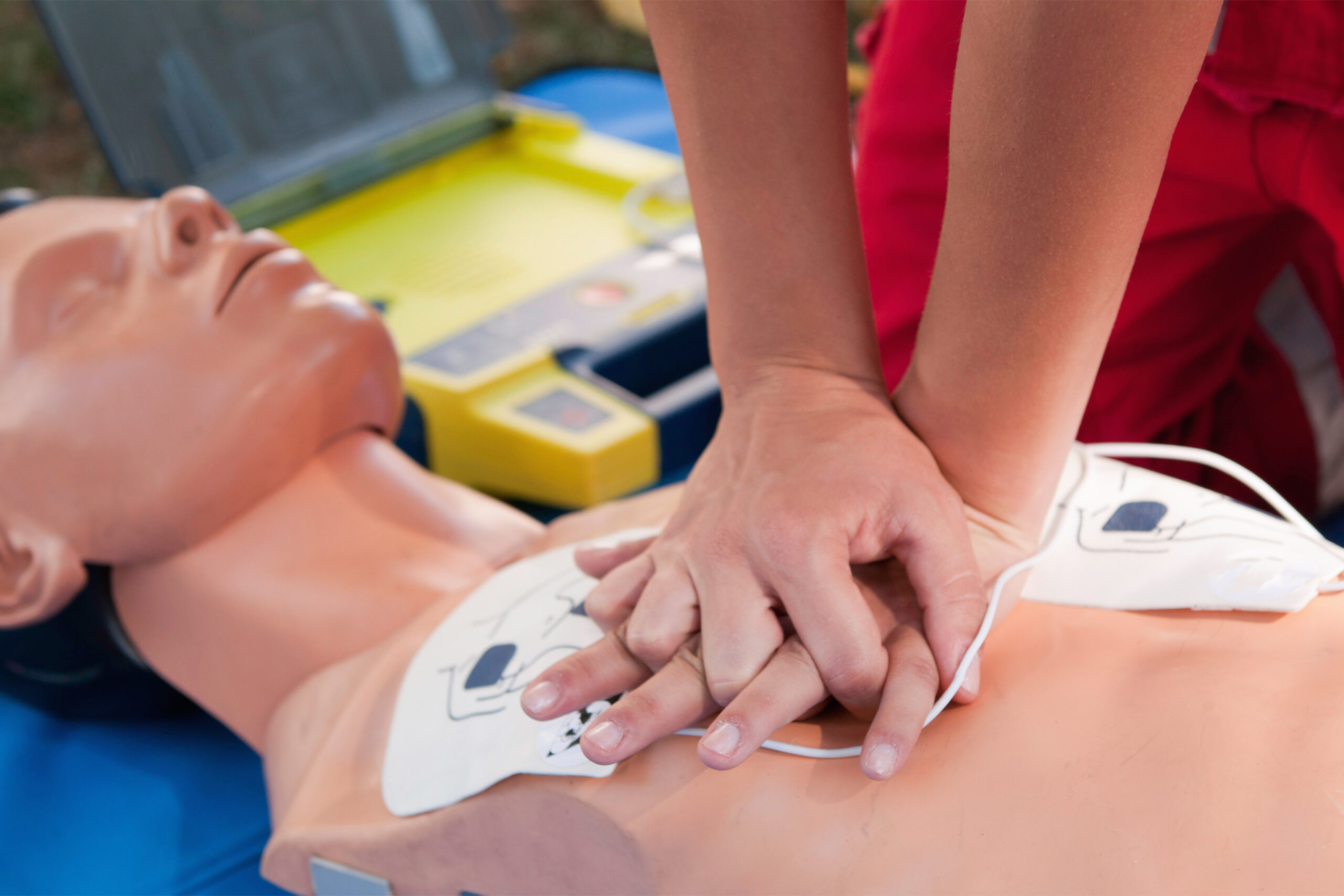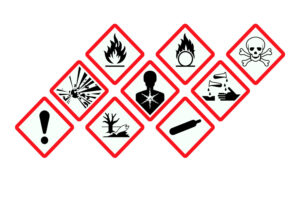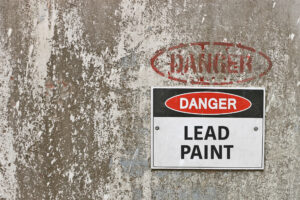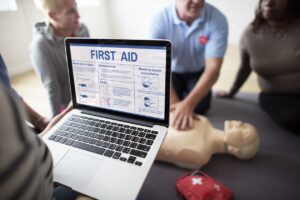
CPR/First Aid – English
Why Should You Take This First Aid/CPR/AED Course?
First Aid/CPR/AED courses cover basic first aid training, the use of automated external defibrillators (AEDs) and adult cardiopulmonary resuscitation (CPR). This live class helps employers meet OSHA and other Federal and State requirements for training employees how to respond and care for medical emergencies at work.
To successfully complete this course, participants will perform adult CPR, use the AED in real-life scenarios, perform a patient assessment, perform bleeding control, splinting, bandaging.
Each student receives a certification card good for two years upon completion of the course.
Hands on CPR exercises included.
Taught by Certified Instructors
8:30am to 11:30am
Approved for 3 CE credits. Class begins at 8:30am and concludes at 11:30am
Learning Objectives:
Before Giving Care and Checking an Injured or Ill Person
- Describe how to recognize an emergency
- Describe how to prioritize care for injuries and sudden illnesses
- Describe the purpose of Good Samaritan laws
- Identify the difference between expressed consent and implied consent
- Identify how to reduce the risk of disease transmission when giving care
- And More…
CPR/AED
- Recognize the signals of a cardiac emergency
- Identify the links in the Cardiac Chain of Survival
- Describe how to care for a heart attack
- List the causes of cardiac arrest
- Explain the role of CPR in cardiac arrest
- Demonstrate how to perform CPR
- Recognize the signals of a breathing emergency
- Demonstrate how to care for a person who is choking
- Explain what defibrillation is
- Explain how defibrillation works
- Identify precautions to take when using an AED on a person in sudden cardiac arrest
- Demonstrate how to use an AED
First Aid
- Identify the signals of common sudden illnesses
- Describe how to care for common sudden illnesses
- Describe how to care for someone who is having a seizure
- Identify the signals of heat-related illnesses and cold-related emergencies
- Describe how to care for heat-related illnesses and cold-related emergencies
- Explain how to care for head, neck, and spinal injuries
- Identify signals of various soft tissue and musculoskeletal injuries
- Describe how to care for various soft tissue and musculoskeletal injuries
- Explain how to care for muscle, bone or joint injuries
- Demonstrate how to control external bleeding
- Identify signals of head, neck, and spinal injuries




